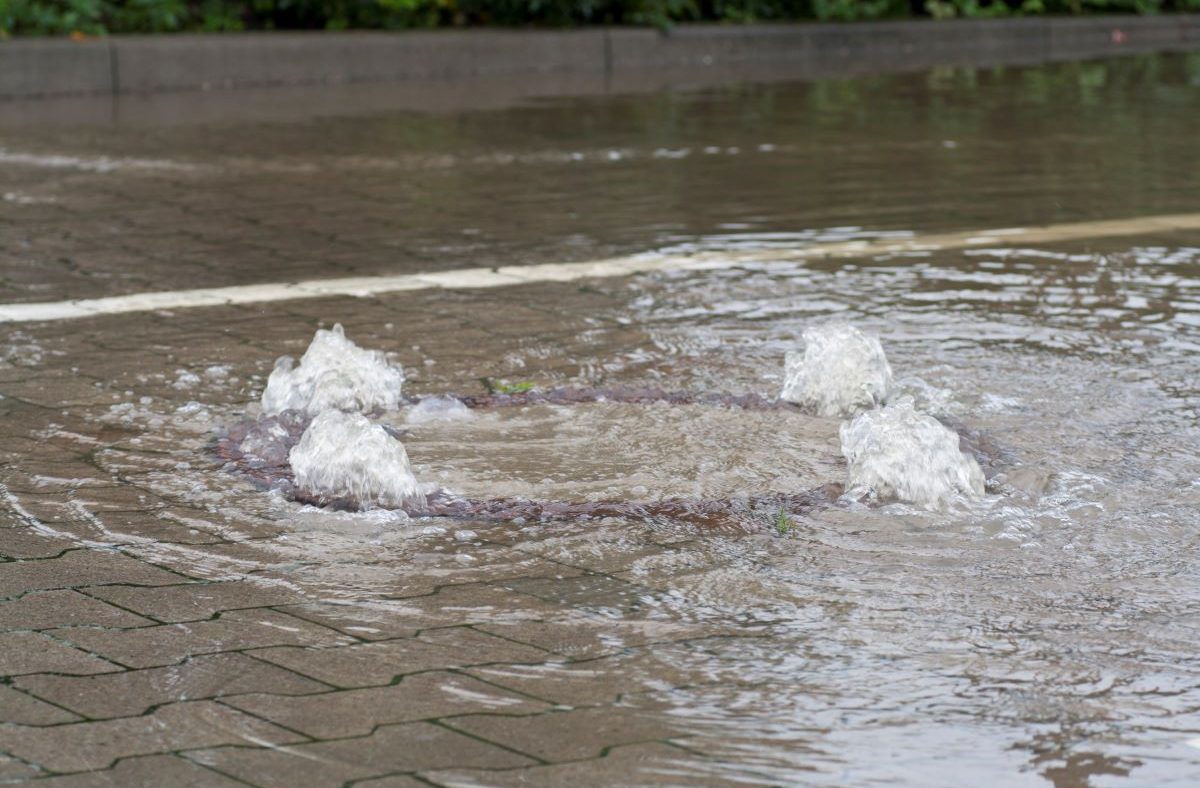Now that we have covered why stormwater detention is necessary and the different types of systems available, we will conclude this three-part series with best practices to ensure proper installation and maintenance of your underground stormwater detention system.
Underground Stormwater Detention System Best Practices
There are three critical elements that all underground detention systems have in common; design, installation, and maintenance. Below are some best practices to follow.
Design Elements
- Make certain the design team calculated the system to the requirements of the governing jurisdictional authority.
- Make certain a pipe or chamber system has ASTM or AASHTO standards for the product and installation. In the absence of an ASTM or AASHTO standard, make certain shop drawings for a concrete vault system has been sealed by the delegated structural engineer from the manufacturer or the engineer of record for the project. The standards or sealed shop drawings will ensure the structural capabilities of the system is sufficient for the intended traffic loads or other structural considerations.
- Make certain the Civil Engineer for the site has communicated with the Civil Engineer for the structure. While the site Civil may determine the volume and location of a stormwater detention vault, the structural Civil will need to prepare the structural details for the vault and ensure no conflicts between the detention system and other structural elements exist.
- Make certain the soils are suitable for the detention systems. Soils with a high ph may not be suitable for all materials. Expansive clays may prohibit underground detention systems altogether. The properties of the in-situ soils will also determine if a groundwater infiltration system can function properly.
Installation Elements
- Make certain the bedding (material beneath the pipe, chamber, or vault) meets the depth requirements established by the referenced standards or the Structural Engineer’s notes and details.
- Make certain the minimum and maximum cover requirements detailed by the referenced standards or the Structural Engineer’s notes and details are met to satisfy the intended design loads.
- Make certain the backfill material meets the size, shape, quality, and compaction requirements stated in the referenced standards or the Structural Engineer’s notes and details.
Maintenance
- Make certain an inspection/maintenance log is kept up to date for the system.
- Make certain the outflow restrictor device has not been blocked.
- Make certain the outflow restrictor device has not been displaced or removed.
- Make certain any crack to a concrete system that exceeds 0.01 inch wide (approximate thickness of a sheet of paper) is evaluated and properly addressed [1]. Cracks will permit corrosive contaminants from stormwater runoff that include salts used for snow removal to negatively impact the long-term performance of the concrete structure.
To learn more about VERTEX’s Engineering Design services or to speak with an Engineering Expert, call 888.298.5162 or submit an inquiry.
Reference
[1] ASSHTO LRFD Bridge Construction Specification – Section 27.6.4
Read the full article by Michael Ungeran, Forensic Engineer, published in the ASCE Illinois Summer 2018 Newsletter.



